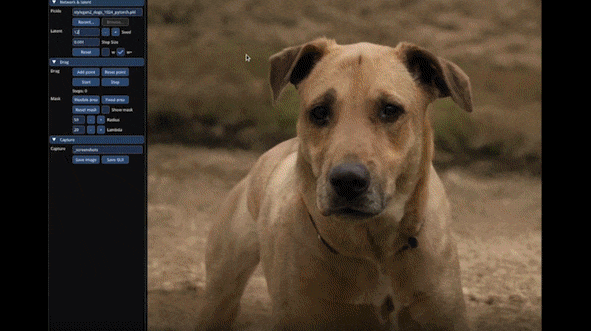01: Google SGE Will Change The Way We Search

Google is all in on AI.
It only took 17 seconds into the Keynote at their I/O developer conference to mention it, and we all stopped counting when they said the term over 100 times. The GIF above is a quick clip from a video I found of someone who cut every time it was mentioned into one sequence. It’s 2.5mins long!
The presentation was filled with all kinds of incredible things coming up, but most notable is how Google is fundamentally changing search. They’re working on a new series of features that uses generative AI to create more informative, personalized, and engaging search results. This technology has the potential to revolutionize the way we search for information, but let’s be honest, it will.
Here are some examples of how generative AI will likely be used to improve search:
- Generating more informative search results by giving more information about the results that are returned. For example, when you search for a product, generative AI could generate a list of relevant products, along with product descriptions, reviews, and prices. This information could help you make more informed decisions about which products to research or buy.
- Creating more personalized search results that are tailored to your interests and preferences. For example, if you’ve recently searched for information about a particular topic, generative AI could show you more results related to that topic. This could help you stay up-to-date on the latest news and information that’s relevant to you.
- Making search more engaging by way of conversation, enrichment and refinement. For example, generative AI let’s you customize your query and adds in rich media along the way. If you’re not happy with your results, they’ll let you refine it with follow-up queries.
Google is still in the early stages of rolling out this technology, but rest assured search will soon be more powerful, informative, and personalized than ever.
This PDF details more about SGE 🔗 and dives into the current state of the tech and features.
02: OpenAI Gives us a Browser, Plugins and iOS App
By now, you’ve likely heard of ChatGPT. What you may not have caught is just how fast they are shipping out code and features for users.
In the last week alone, they gave out 3 huge releases:
- Plugins: 🔗 The ability to take your data or find data from 3rd party sources and work with it. This means you can search flights from Kayak, make a reservation from OpenTable and Tweet everything you did via Zapier.
- Browsing: 🔗 Also one of their plugins, the Browser feature detects the need to go to the web and find the information you need to produce the result. While still slightly buggy, this is turning in a powerhouse for information.
- iOS App: 🔗 Even though available only to the US currently, it’s already risen to the top of Apple’s charts as the #1 download in record time. Plus they added an awesome dictation feature using their own “whisper” audio transcription APIs. I recorded a Reel about this here 🔗 to give a quick demo.
03: Will New AI Graphics Tools Kill Photoshop?

Generating images that people like often means being able to adjust the position, shape, facial expressions, and organization of items in the picture. Currently, generators like this use methods for controlling systems known as GANs that rely on data that’s been labeled by hand or a ready-made 3D model. These methods can be limiting and inaccurate.
This project looks into a promising yet less-used method for controlling GANs: moving any spot in an image to a specific place in a way that lets users interact with it and allows the AI to figure the rest out.
Users can change images with great control over where the little points that make up the image, called pixels, end up. This can be used to alter the position, shape, expression, and layout of many different items, like animals, cars, people, and landscapes. Because these changes are made using a learning-based GAN system, the results often look realistic, even when the task is difficult, like imagining what’s behind an object or changing shapes in a way that matches the object’s natural form.
The results are astounding and give an insight into where AI is headed for rapid media manipulation. And the best part, this has been open-sourced under a Creative Commons license to grow with community contribution.
